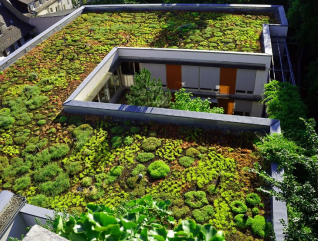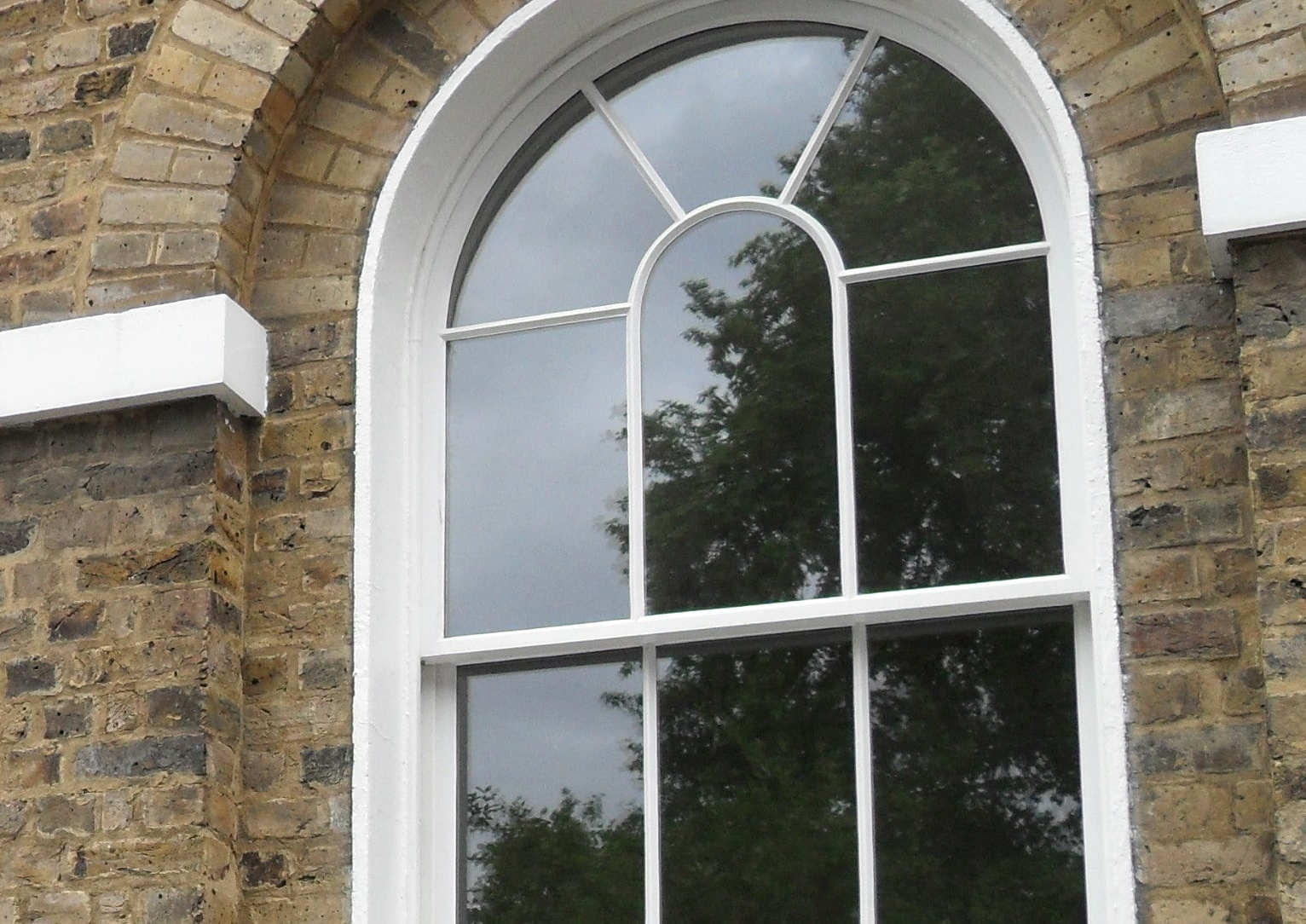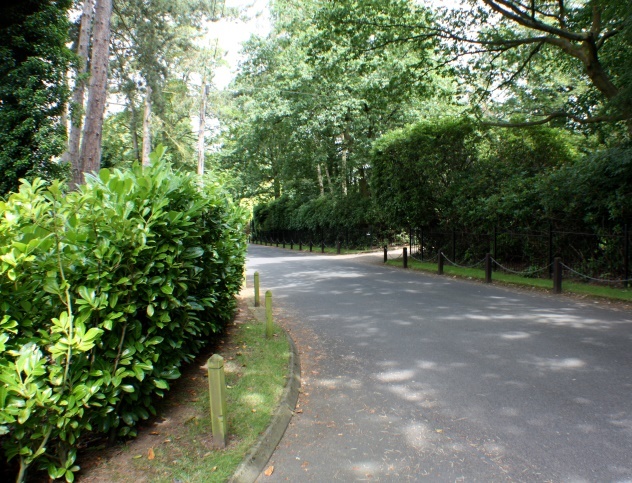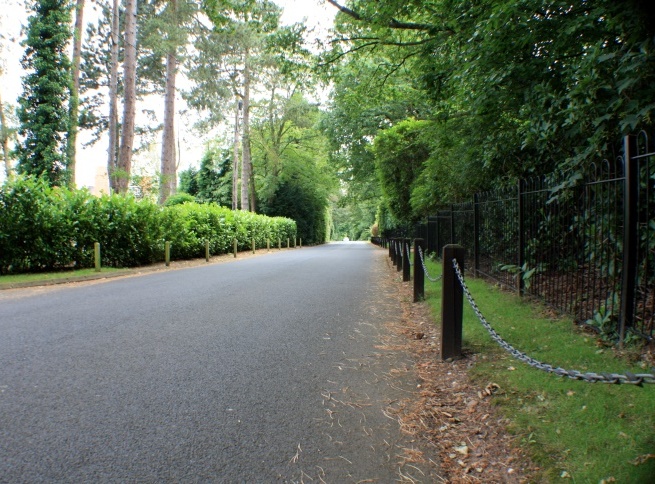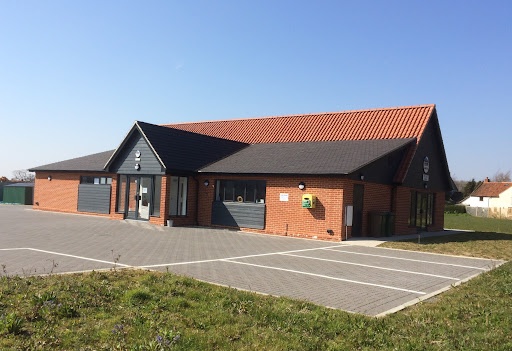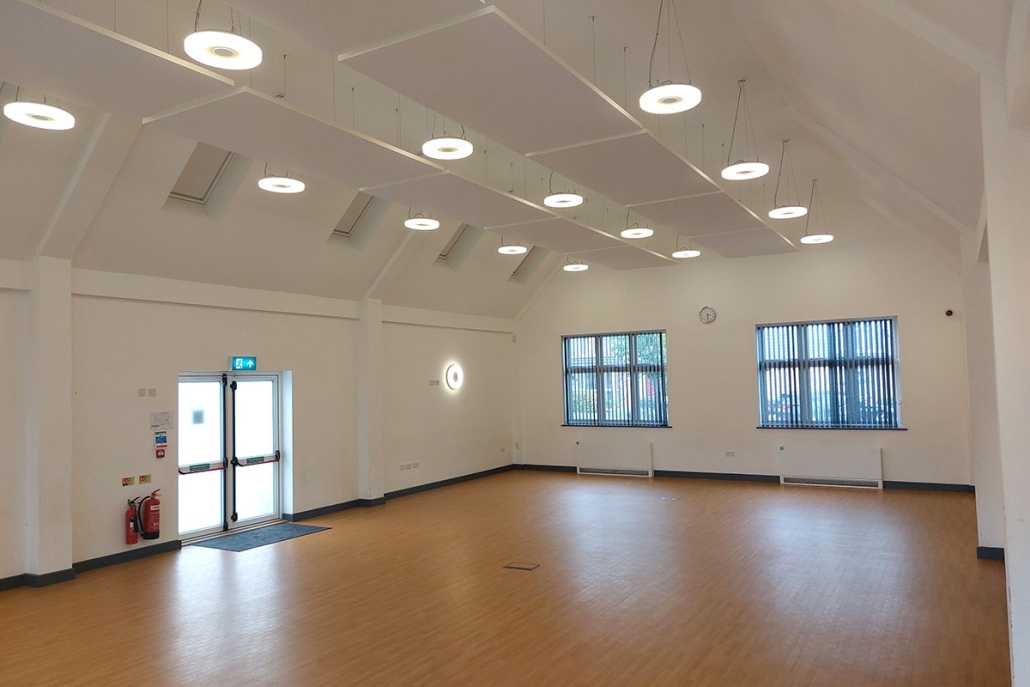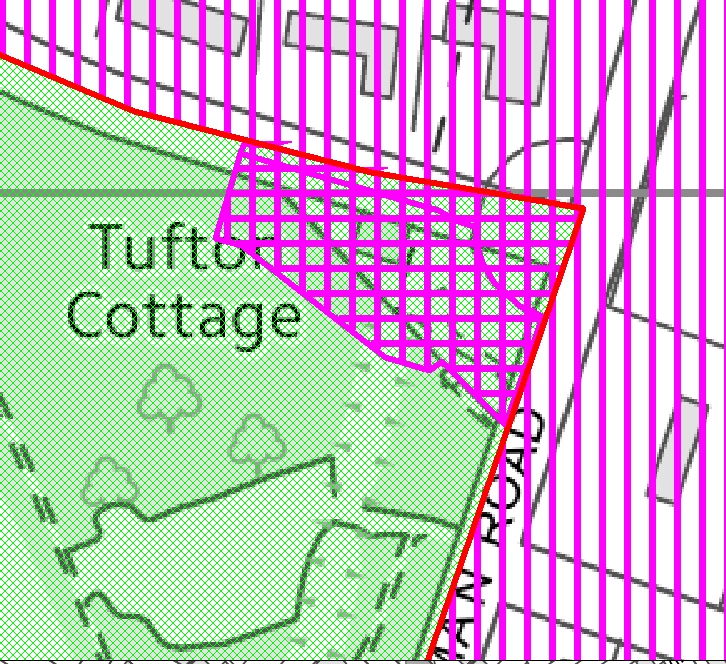The Neighbourhood Plan is a land use plan which directs future development in the area. Along with the Lichfield Local Plan, it is used to determine planning applications in Little Aston.
Little Aston’s first Neighbourhood Plan was made in 2016. This covers the period to 2029. This is fast approaching and so it is necessary to review and update the Plan.
Work commenced in 2023 and we are now at the stage of presenting our proposals. So…
-
What do you think of the proposals?
-
What have we missed?
The vision for Little Aston
In preparing the current Neighbourhood Plan, we asked ‘What will a future Little Aston look like?’ The most commonly used words were:
-
Rural
-
Exclusive
-
Quiet
-
Distinct
We don’t think that has changed. Do you agree?
If you are unable to attend the drop in consultation but would like to comment, please contact the Parish Clerk
on 01543 481 947 admin@shenstone-staffs.gov.uk”.
Little Aston Neighbourhood Plan Review
Policy tracker
Policy GB1: Green belt boundary Deleted
Policy SAC1: Cannock Chase Special Area of Conservation Remains
Policy HSG1: Residential infill and backland development Remains
Policy LAP1: Density of development in Little Aston Park Remains
Policy LAP2: Design of development in Little Aston Park Remains
Policy MOV1: Provision of footpaths and cycle paths Updated
Policy MOV2: Provision of new bus stops Remains
Policy MOV3: Provision of pedestrian safety improvements Remains
Policy CMH1: Provision of community hub Remains
Policy BBD1: High speed broadband Deleted
Policy EE1: Light pollution Remains
New policies
Wildlife friendly development
Low energy and energy efficient design
Renewable energy and energy efficiency measures affecting heritage
Proposed new policies
Making new development more wildlife-friendly
Development should aim to protect existing habitats and species, including hedgerows and mature trees.
Development should incorporate design features that encourages local wildlife and biodiversity to thrive, e.g. swift bricks, bat boxes, hedgehog-friendly fencing.

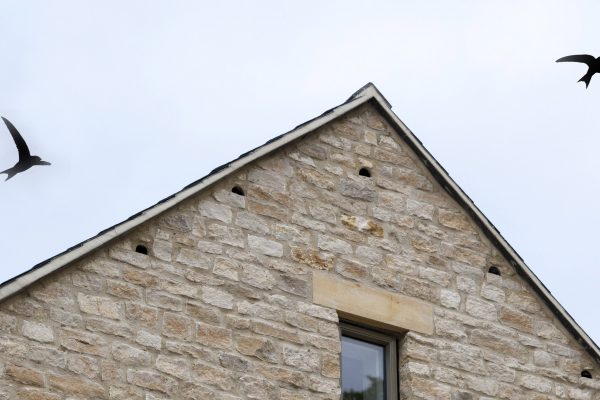 Bricks that allow birds to nest
Bricks that allow birds to nest
Trees, shrubs and hedgerows of arboricultural, habitat and amenity value should be retained.
Any new planting should consist of species of trees, shrubs and grasses that will be resilient to climate change.
Proposed new policies
Low energy and energy efficient development
To mitigate emissions that worsen climate change it is essential that all buildings in the Little Aston Neighbourhood Area minimise energy use and emissions and maximise energy efficiency and the use of renewable energy to meet their needs.
Where possible, the following measures should be incorporated into development:
-
New buildings designed and orientated to maximise the opportunities for both natural heating and ventilation, reduced exposure to wind and solar energy on roofs.
-
Maximise resistance and resilience to climate change, e.g. by including measures such as solar shading, heating and ventilation of the building and appropriately coloured materials in areas exposed to direct sunlight, green and brown roofs and green walls.
A green roof
- Trees and other planting to provide shading of streets and to connect wildlife habitats.
-
Minimise surface water runoff to prevent off-site flooding.
-
Incorporate resilience measures for likely increases in flooding due to climate change.
Proposed new policies
Renewable energy and energy efficiency measures affecting heritage
In the Little Aston Conservation Area or listed buildings, the requirement to conserve the historic environment has sometimes meant that applications for replacement windows or solar panels have been refused. However, new designs of heritage-sensitive slimline double glazing and solar panels are far less intrusive.
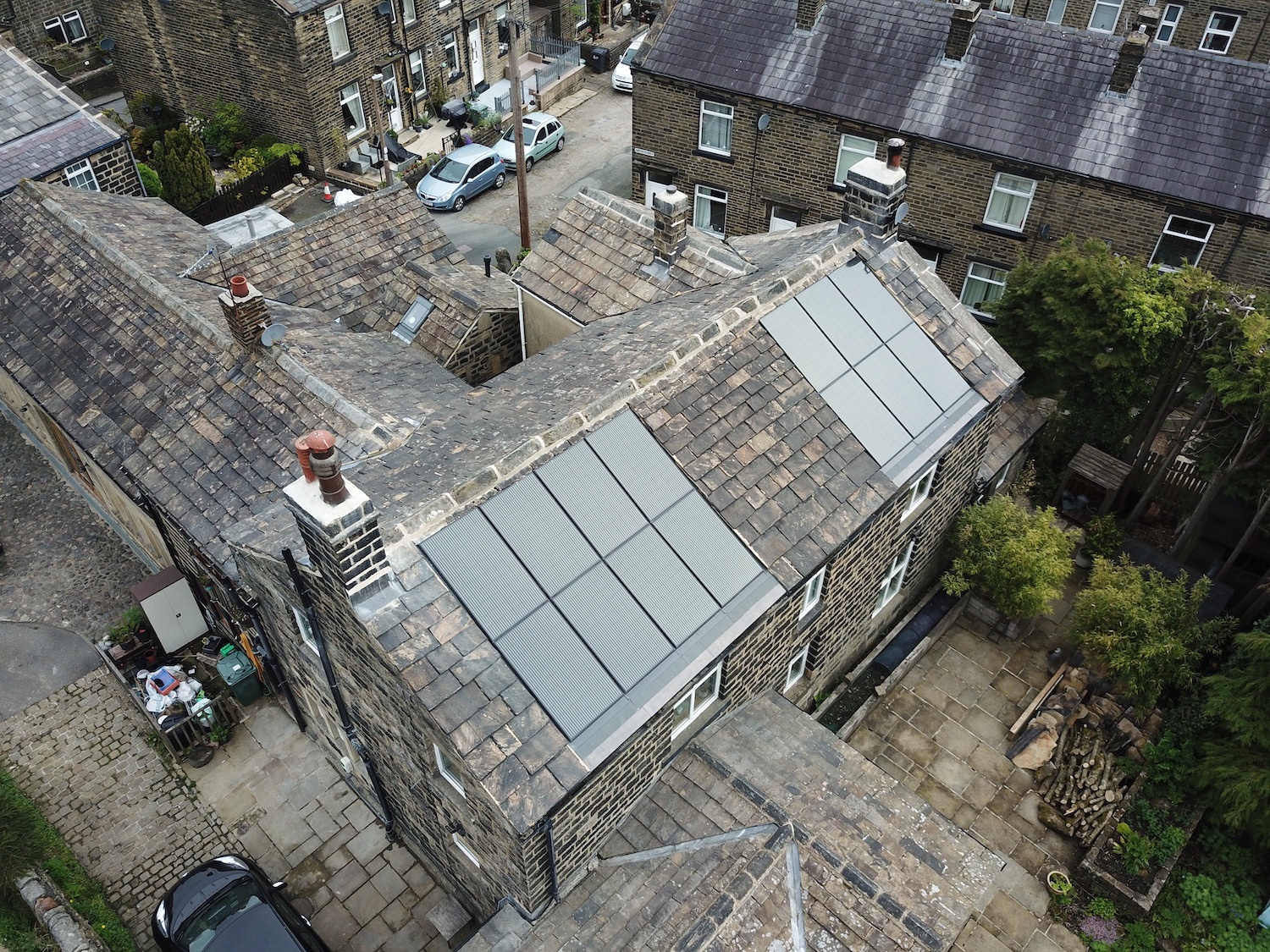
heritage sensitive double glazing
This policy encourages the sensitive retrofitting of energy efficiency measures in historic buildings and in the Little Aston Conservation Area.
Policies proposed to be amended
Walking and cycling
The policy is proposing new circular walking and cycling routes:

Policies proposed to stay the same
Protecting Cannock Chase
POLICY SAC1: CANNOCK CHASE SPECIAL AREA OF CONSERVATION
-
Before development is permitted it must be demonstrated that alone or in combination with other development it will not have an adverse effect whether direct or indirect upon the integrity of the Cannock Chase Special Area of Conservation (SAC) having regard to avoidance or mitigation measures.
-
In particular, any development that results in a net increase in dwellings within a 15km radius of any boundary of Cannock Chase SAC will be deemed to have an adverse impact upon the Cannock Chase SAC unless or until satisfactory avoidance and/or mitigation measures have been secured.
Housing
POLICY HSG1: RESIDENTIAL INFILL AND BACKLAND DEVELOPMENT
Outside of the Little Aston Park density policy area, as shown on the Policies Map, planning permission for residential development proposals on infill and backland sites will be permitted subject to the following criteria:
-
Proposals should reflect the character of the surrounding area and protect the amenity of neighbours. It should reinforce the uniformity of the street by reflecting the scale, mass, height and form of its neighbours.
-
Proposals that would lead to over-development of a site or the appearance of cramming will be resisted. It should be demonstrated that development is of a similar density to properties in the immediate surrounding area.
-
New buildings should not adversely affect neighbouring properties by seriously reducing the amount of daylight available through windows or by obstructing the path of direct sunlight to a once sunny garden or window.
-
Development must not unacceptably reduce the level of private amenity space provision for existing residential properties.
This policy also applies to applications for two or more properties on a site previously occupied by a single property.
Policies proposed to stay the same
Little Aston Park
POLICY LAP1: DENSITY OF DEVELOPMENT IN LITTLE ASTON PARK
-
The special character of Little Aston Park is determined by the extensive mature tree cover and low density and individual design of dwellings in large plots.
-
Development in the Density Policy area defined on the Policies Map will only be allowed where the special character of the area is protected by the retention of all existing important established and mature trees and vegetation and by the provision of a rustic and pastoral setting for new and existing dwellings.
-
All new and existing dwellings within subdivided plots must be accommodated within plots of at least half an acre (excluding long driveways) and retain the existing relationship of dwellings to the woodland setting.
POLICY LAP1: DESIGN OF DEVELOPMENT IN LITTLE ASTON PARK
-
Development proposals for new or replacement dwellings in the Little Aston Park density policy area (Policy LAS2) that show innovative design will be encouraged.
-
Such design should ensure that the residential amenity of neighbouring properties is not impacted and that the extensive mature tree cover making up Little Aston Park’s woodland setting is retained.
-
The design of new dwellings must comply with the requirements of Policy LAS2 and any district-wide design code policy prepared by Lichfield District Council.
Policies proposed to stay the same
Public transport
POLICY MOV2: PROVISION OF NEW BUS STOPS
Proposals to provide new bus stops and shelters along existing bus routes will be supported. In particular, the provision of a new bus stop on the north side of Aldridge Road will be strongly supported.
Pedestrian safety
POLICY MOV3: PROVISION OF PEDESTRIAN SAFETY IMPROVEMENTS
Proposals to address issues of pedestrian safety that are of concern to the community will be supported.
Proposals which are likely to create unacceptable safety issues for pedestrian movement will be refused.
Light pollution
POLICY EE1: LIGHT POLLUTION
-
New development will be required to demonstrate how it has minimised light pollution created through its proposed use.
-
Where lighting of public places is proposed, the use of downlighters will be required.
-
There will be a presumption against development which will still create high levels of light pollution even after the above criteria have been addressed.
Policies proposed to stay the same
Provision of a community hub
POLICY CMH1: PROVISION OF COMMUNITY HUB
-
Proposals which directly provide or assist in the provision of a community hub on land north of Little Aston Lane, shall be supported.
-
In accordance with national green belt policy and Core Policy 1 of the Local Plan Strategy any proposals must ensure that:
-
the uses proposed do not conflict with the purposes of green belt land; and
-
the openness of the green belt is preserved.
-
In respect of preserving the openness of the green belt, it must be ensured that any building is not excessive in scale and height and is designed in a way that minimises its visual impact. Unless the building is to provide appropriate facilities for outdoor sport or outdoor recreation then exceptional circumstances must be proven for its location in the green belt, in line with national planning policy.
-
Such proposals will be expected to demonstrate how they have engaged with any working group or equivalent that has been set up in Little Aston to ascertain what facilities should be provided as part of any such community hub.
-
Proposals for the development of a community hub at an alternative location will be considered favourably if they are in a location that is generally accessible by foot and within or adjacent to the built-up area of Little Aston.
Why are some policies proposed for deletion?
Policy GB1: Green belt boundary
The policy in the current Neighbourhood Plan concerned the need for a minor amendment to the green belt to correct a mapping error. This has now been completed.
Policy BBD1: High speed broadband
The policy in the current Neighbourhood Plan required high quality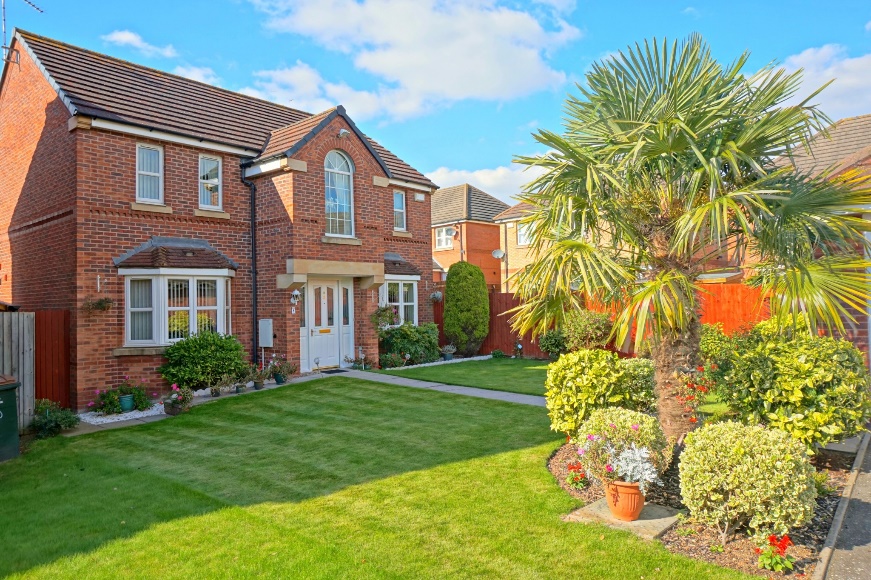 broadband connections for all new development. This is now a requirement of national Building Regulations.
broadband connections for all new development. This is now a requirement of national Building Regulations.

